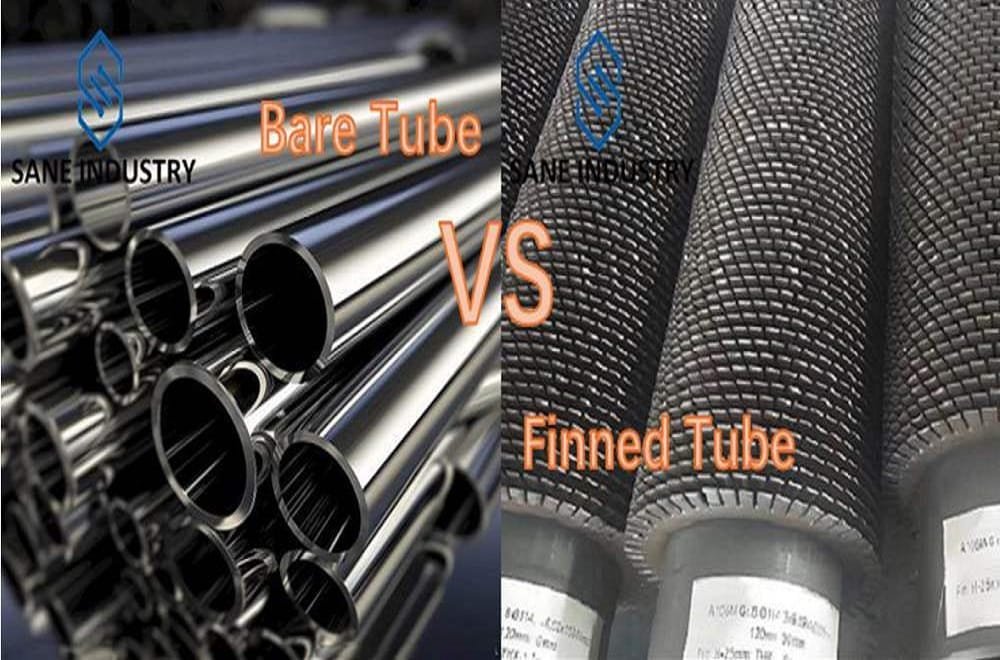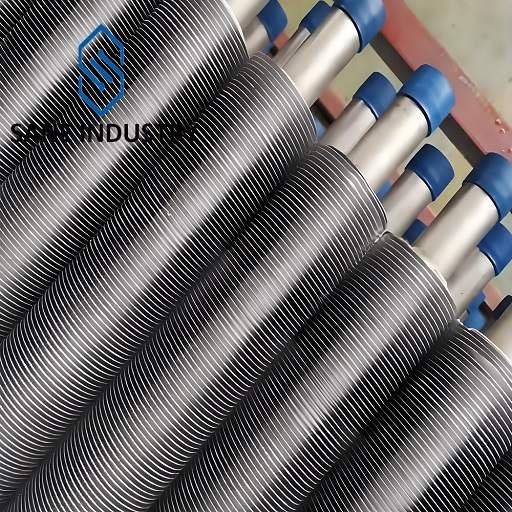Pipes are essential components in various industries, including oil and gas, construction, and plumbing. They are primarily categorized into seamless and welded pipes, each with distinct manufacturing methods and properties. Understanding their differences helps in selecting the right type for specific applications.
What is a seamless pipe?
A seamless pipe is a type of steel tubing manufactured without welded seams. It is created by piercing a solid cylindrical steel billet at high temperatures and elongating it through rolling or extrusion processes. This method ensures a uniform structure with no weak points from welding, making seamless pipes highly resistant to pressure, corrosion, and thermal stress. They are widely used in critical applications such as oil and gas pipelines, high-pressure boilers, and chemical processing systems due to their reliability and superior mechanical properties.
What is a welded pipe?
A welded pipe, also known as a welding pipe or welded steel pipe, is a tubular steel product created by forming flat steel sheets or coils into a cylindrical shape and joining the edges through welding. This process involves techniques like electric resistance welding (ERW) or submerged arc welding (SAW), which fuse the material to form a continuous seam. Welded pipes are cost-effective, easily customizable in size and thickness, and ideal for low-to-medium pressure applications such as water supply, structural frameworks, and HVAC systems. While the weld seam can be a potential weak point, modern quality controls ensure reliability for most industrial and commercial uses.
Differences Between Seamless and Welded Pipe:
| Feature | Seamless Steel Pipes | Welded Pipes |
|---|---|---|
| Manufacturing Process | produced by extruding a solid billet through a piercing rod to create a hollow tube without any seams. The process involves heating the billet and rolling it under high pressure, resulting in a uniform structure | made by rolling metal sheets or coils into a cylindrical shape and welding the edges together. Common welding methods include Electric Resistance Welding (ERW), Submerged Arc Welding (SAW), and High-Frequency Induction Welding (HFIW) |
| Structure | No seams or welds along its length; uniform wall thickness | Seam or weld line along its length |
| Appearance | Have a smooth, uniform surface without visible weld lines | Often exhibit weld seams, which may be polished or treated for aesthetic purposes but remain detectable |
| Wall Thickness and Dimensions | Tend to have inconsistent wall thickness due to manufacturing constraints, especially in larger diameters | Offer more precise control over wall thickness and dimensions, making them ideal for standardized applications |
| Strength and Durability | Generally stronger and more reliable under high pressure due to their homogeneous structure. They are preferred for critical applications like oil and gas pipelines | While modern welding techniques improve strength, welded pipes may have weaker points along the weld seam, making them less suitable for extreme pressure conditions |
| Pressure and Temperature Resistance | Suitable for high-pressure and high-temperature applications | Less suitable for extreme pressure or high temperature conditions |
| Corrosion Resistance | Less prone to corrosion due to the absence of weld seams, which can be vulnerable to chemical attack | May require additional treatments (e.g., galvanizing) to enhance corrosion resistance, especially in harsh environments |
| Cost and Production Time | More expensive and time-consuming to produce due to complex manufacturing processes | Cost-effective and faster to manufacture, making them suitable for large-scale projects with budget constraints |
| Applications | Used in high-pressure environments like refineries, petrochemical plants, and hydraulic systems | Commonly employed in water supply, structural projects, and low-pressure fluid transport |
| Advantages | Ideal for oil/gas pipelines (API 5CT) and boiler tubes (ASTM A179) where internal pressures exceed 3000 psi. No weld seams eliminate crevice corrosion risks in chemical processing (ASME B36.10M). | Available in a wide range of sizes, including large diameters, catering to diverse industrial needs. 30-50% cheaper than seamless for low/medium pressure applications. |
| Disadvantages | Maximum diameter limited to 24″ due to billet size constraints. Longer lead times (4-6 weeks for custom sizes). | Weld defects (lack of fusion, porosity) require rigorous NDT. |
Pipe Selection, Welded or Seamless?
The choice between seamless and welded pipes depends on factors like pressure requirements, budget, and application specifics. Seamless pipes excel in high-stress environments, while welded pipes offer versatility and cost efficiency for less demanding uses. Understanding these differences ensures optimal performance and longevity in piping systems.
This comparison provides a thorough overview of the two pipe types, helping you make informed decisions for your projects. Let me know if you need further details!




